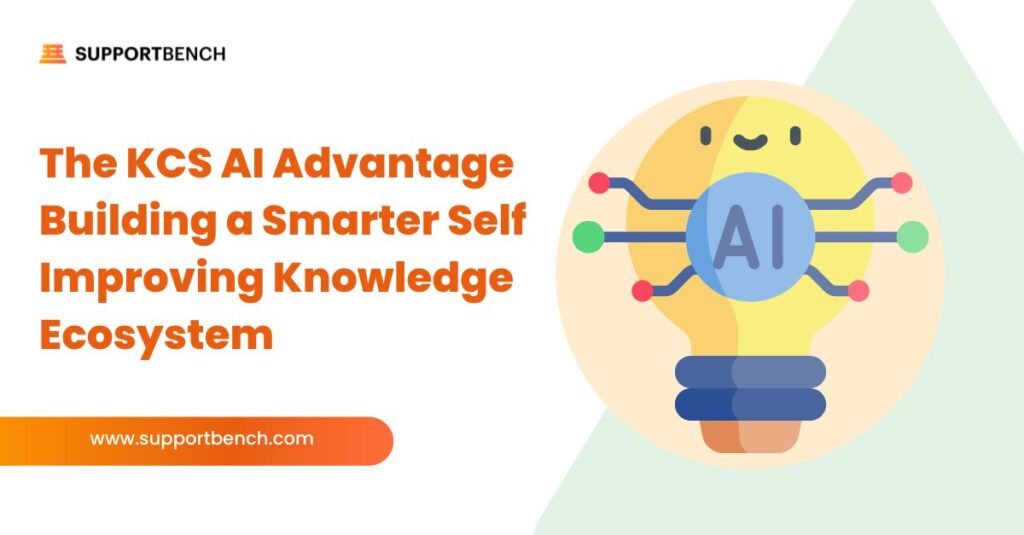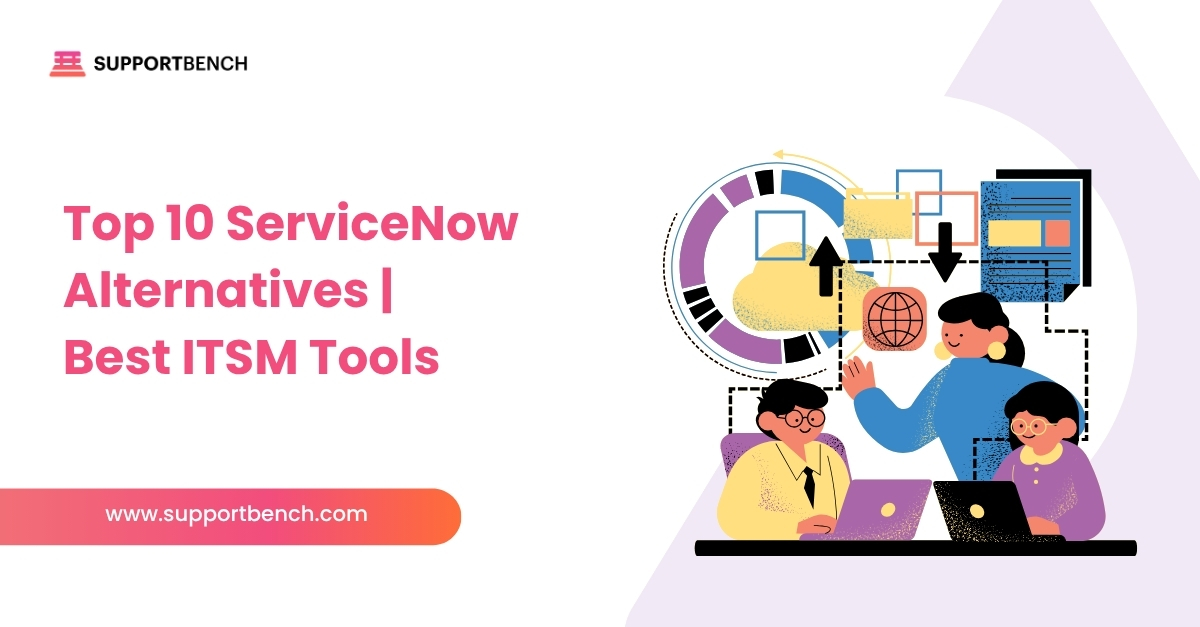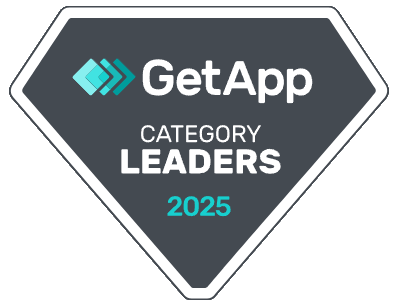Knowledge-Centered Service (KCS) has long been recognized as a best practice methodology for support organizations aiming to capture, structure, and reuse knowledge effectively. The goal is noble and powerful: integrate knowledge sharing into the very fabric of the support workflow, transforming tribal knowledge into a collective, accessible asset. When implemented successfully, KCS promises faster resolutions, improved consistency, reduced escalations, and empowered agents.
However, organizations pursuing KCS often encounter significant hurdles. The principles are sound, but the practical execution, particularly creating and maintaining high-quality knowledge base content consistently, can be incredibly challenging. Article creation is frequently cited as one of the toughest aspects of KCS. Finding the time amidst demanding support queues, ensuring articles are well-written and structured, and motivating agents who may lack the skillset or inclination to document solutions meticulously – these are common struggles that can derail even well-intentioned KCS initiatives.
This is where Artificial Intelligence enters the picture, not merely as a consumer of knowledge but as a powerful catalyst and accelerator for the entire KCS lifecycle. AI capabilities integrated into modern support platforms can alleviate the traditional pain points of KCS, enhance each of its core practices, and ultimately help build the smarter, self-improving knowledge ecosystem that KCS envisions.

A Quick Refresher: The Core Ideas of KCS
Developed by the Consortium for Service Innovation, KCS is built around a double loop process involving four key principles:
- Capture: Document knowledge as a natural byproduct of solving problems. Capture the customer’s context and the resolver’s knowledge.
- Structure: Use a simple, consistent structure for knowledge articles (like templates for problem/solution/cause) to make them easily understandable and findable.
- Reuse: Search the knowledge base first before solving a problem. Link existing articles to incidents, and reuse or improve them whenever possible.
- Improve: Treat knowledge as a collective asset. Everyone is responsible for flagging, fixing, or adding knowledge based on usage and feedback. Knowledge evolves based on demand.
The goal is to move away from static, rarely updated knowledge silos towards a dynamic, living knowledge base that reflects the organization’s real-time experience.
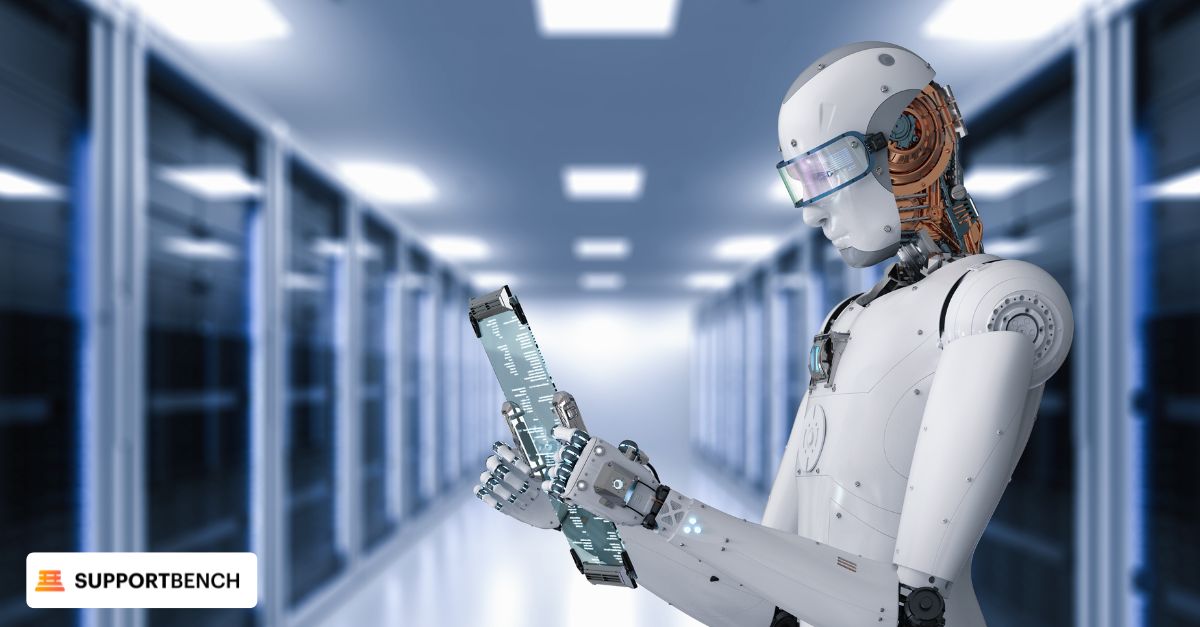
AI as the KCS Catalyst: Enhancing Every Principle
AI doesn’t replace KCS principles; it supercharges them. Let’s look at how AI capabilities enhance each stage of the KCS loop:
AI Enhancing Capture
The Challenge: Agents might forget to capture knowledge in the heat of the moment or struggle to articulate the solution concisely after the fact. Identifying what is worth capturing can also be subjective.
AI’s Role:
- Interaction Summarization: AI can automatically summarize case interactions, highlighting key problems and resolutions, making it easier for agents to quickly identify the core knowledge nugget worth capturing formally.
- Copilot Context: As AI Agent Copilots analyze interactions to provide assistance, they implicitly identify situations where existing knowledge was insufficient or missing, flagging potential knowledge gaps that need capturing.
- Incentivizing Detail: Agents knowing that well-documented case resolutions directly feed the AI Copilot that helps them later provides an incentive to capture solution details more effectively within the case itself, which can then be easily transformed into KB articles.
AI Enhancing Structure
The Challenge: Ensuring all agents follow consistent structuring guidelines for KB articles can be difficult, leading to variations in quality and findability.
AI’s Role:
- AI-Assisted Authoring: When creating articles (especially from cases), AI can automatically suggest titles, keywords, summaries, and potentially structure the content based on predefined templates (problem, environment, resolution), ensuring greater consistency and adherence to KCS structure guidelines with less manual effort.
- Content Analysis: AI can analyze draft articles for clarity, conciseness, and adherence to style guides, acting as an initial quality check.
AI Enhancing Reuse
The Challenge: The KCS principle of “search early, search often” relies on agents diligently searching the KB. Even then, finding the exact right article among potentially thousands can be time-consuming.
AI’s Role:
- Proactive Surfacing (AI Copilots): This is a game-changer for reuse. AI Agent Copilots automatically and proactively surface relevant KB articles directly within the agent’s workflow based on the context of the current case. Agents don’t even need to manually search; the relevant knowledge comes to them, dramatically increasing reuse. Copilots giving relevant answers, using internal knowledge, assist in every way.
- Intelligent KB Bots: For customer self-service, AI-powered KB Bots make knowledge reuse seamless. They understand natural language queries and effectively search and synthesize answers from the KB, deflecting cases and maximizing the value of documented knowledge. Research consistently shows customers prefer self-service when it’s effective.
AI Enhancing Improve
The Challenge: Relying solely on manual flagging or periodic reviews to improve the knowledge base can be slow. Identifying duplicate articles or understanding which articles are truly valuable versus unused can be difficult.
AI’s Role:
- Usage Analytics: AI can analyze data from Copilot suggestions and Bot interactions to identify which KB articles are frequently used and successfully resolve issues, and which are ignored or lead to escalations. This data provides valuable insights for prioritizing improvement efforts.
- Duplicate Detection: AI can analyze semantic similarity to identify potentially duplicate or overlapping articles that can be consolidated.
- Automated Article Potential Identification: AI can analyze closed cases, identifying those with well-documented resolutions that are not currently covered in the KB. Some platforms are exploring automatic analysis of closing cases for article potential, perhaps with a QA aspect, automating parts of the creation process without initial agent intervention. AI could even assess if a potential article adds unique value compared to existing KB content.

Breaking the Bottleneck: AI-Powered Knowledge Creation
The “Improve” loop, particularly adding new knowledge, is often where KCS implementations struggle most. The relentless pressure of handling incoming cases leaves little time for dedicated content creation. Agents may lack writing skills or confidence. This is where AI delivers arguably its most transformative impact on KCS.
- The Pain Point: Finding time and resources to turn solved cases into well-structured KB articles is a constant battle. Valuable knowledge often remains locked within individual case histories simply because no one has the bandwidth to formally document it.
- AI as the Solution: Modern AI capabilities directly address this bottleneck:
- One-Click Article Creation: Imagine an agent resolves a tricky issue and documents the solution thoroughly in the case notes (incentivized by knowing it helps the Copilot). With AI assistance, they can potentially click a button, and the AI analyzes the case history (problem description, troubleshooting steps, resolution), drafts a structured KB article based on a template, suggests relevant keywords and a title, and presents it for review and publishing. This dramatically lowers the effort required, turning a 20-minute writing task into a 2-minute review process.
- AI Tackles the Skill Gap: Agents who aren’t confident writers can leverage AI to generate a well-structured first draft, removing the barrier of staring at a blank page.
- Scaling Content Generation: AI enables knowledge capture at scale. Instead of only capturing knowledge when dedicated time allows, AI assistance makes it feasible to capture insights from many more resolved cases, rapidly enriching the knowledge base.
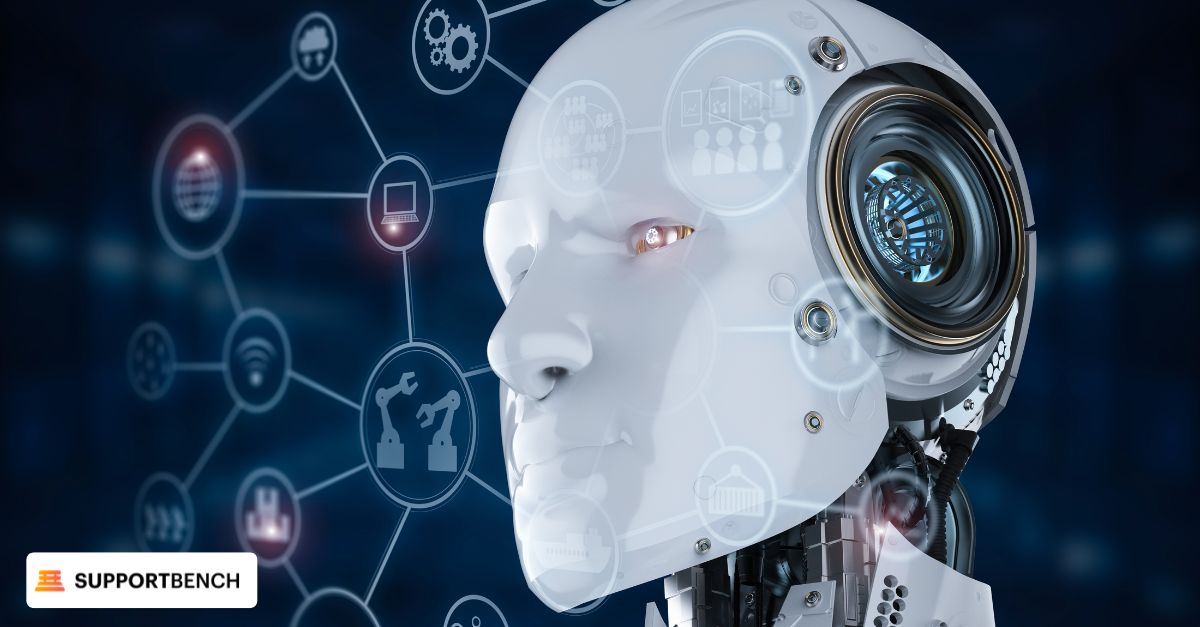
Escaping “Garbage In, Garbage Out” with AI Assistance
A common concern with any knowledge system, including KCS, is data quality. If agents capture poor information, won’t AI just perpetuate it? While AI isn’t magic, it can actually improve the situation:
- Structuring Unstructured Data: AI excels at taking relatively unstructured case notes or interaction transcripts and imposing structure. When generating an article draft from a case, it identifies the likely problem statement, the resolution steps, and relevant environmental factors, organizing them according to the KCS template. This structured output is often far more usable than the raw input.
- Consistency: AI applies formatting and structural rules consistently, reducing the variability often seen with purely manual creation.
- Accelerating the Feedback Loop: By making content creation easier and surfacing knowledge more effectively (via Copilots/Bots), AI accelerates the KCS feedback loop. Poor or inaccurate articles are more likely to be identified quickly through usage (or lack thereof) and flagged for improvement, leading to a faster overall improvement in KB quality.
The AI KCS Virtuous Cycle
The relationship between AI and KCS is symbiotic, creating a powerful virtuous cycle:
- AI Enhances KCS Practices: AI makes capturing, structuring, reusing, and improving knowledge easier and more efficient.
- Enhanced KCS Creates Better Knowledge: This results in a richer, more accurate, better-structured, and more comprehensive knowledge base.
- Better Knowledge Fuels More Effective AI: This high-quality knowledge corpus becomes the essential fuel that makes AI tools dramatically more effective. AI Copilots provide more relevant answers, leading to faster onboarding, easier solution finding, and fewer escalations. AI KB Bots become more trustworthy and capable, leading to higher case deflection on the customer portal.
- More Effective AI Reinforces KCS Value: As agents and customers experience the benefits of accurate AI assistance powered by the KB, the value of contributing to and maintaining that knowledge becomes clearer, further strengthening KCS adoption.
This cycle transforms the knowledge base from a static repository into a dynamic, intelligent ecosystem that continually learns and improves, driving significant operational benefits.
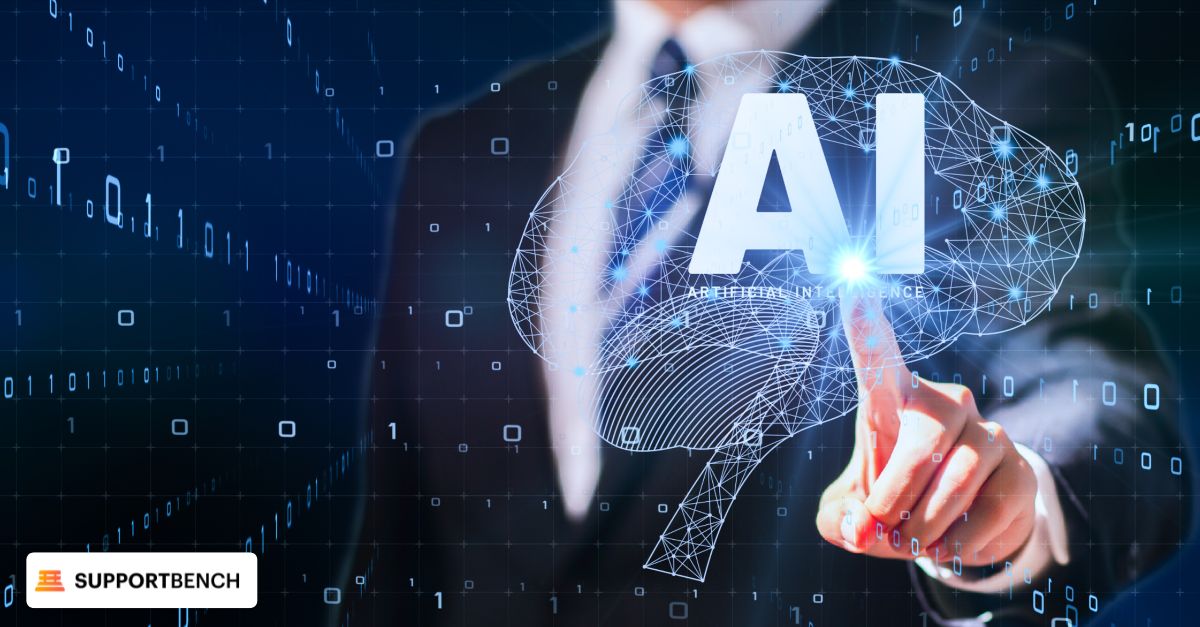
Building Your AI-Powered KCS Ecosystem
Successfully leveraging this synergy requires the right approach and tools:
- Foundation First: Ensure basic KCS principles (like attempting to capture resolution within the workflow) are understood and encouraged.
- Choose Integrated Platforms: Select helpdesk or support platforms where KCS workflows and AI capabilities (Copilot, Bots, AI-assisted creation) are deeply integrated, not separate modules. Look for features specifically designed to generate KB drafts from cases.
- Start Creating & Let AI Accelerate: Don’t wait for a perfect KB. Start documenting solutions within cases and leverage AI tools to begin structuring and publishing articles. Let AI help you build momentum.
- Focus on Review and Improvement: Shift some effort from manual creation to reviewing AI-generated drafts and using AI-driven analytics to identify areas for KB improvement.
The combination of KCS methodology and AI technology offers a powerful path forward for support organizations. AI removes many of the traditional barriers to successful KCS implementation, particularly around content creation and reuse. By embracing this synergy, you can build a truly intelligent knowledge ecosystem that empowers your agents, satisfies your customers, and establishes your support operation as a strategic asset built on collective intelligence.


